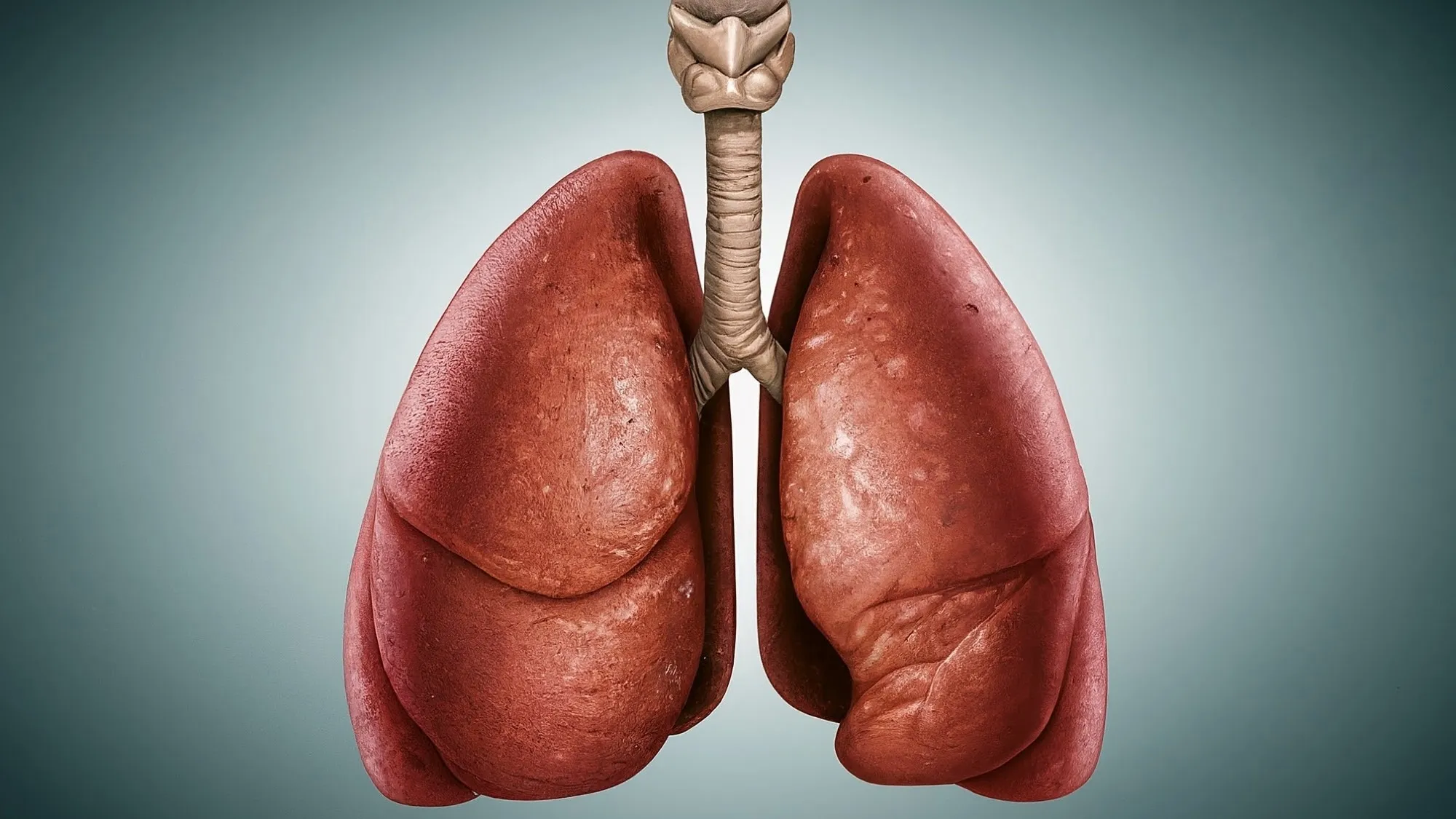Vitamin D's Role in Reducing Cell Proliferation in Pulmonary Arterial Hypertension

Understanding Vitamin D and Its Impact on Cell Proliferation
Vitamin D is essential for maintaining overall health, and its role extends beyond bone health. Recent findings reveal that the activation of the vitamin D receptor (VDR) with calcitriol can significantly suppress cell proliferation in pulmonary arterial smooth muscle cells, providing a potential pathway for reducing disease severity in pulmonary arterial hypertension (PAH).
Cell Proliferation and Pulmonary Arterial Hypertension
Pulmonary arterial hypertension involves the abnormal growth of cells lining the pulmonary arteries, leading to increased stress on the vascular system. The study explores how ↑ VDR activation mitigates this cell overgrowth.
- Cell Proliferation: An excessive increase in cell numbers impacts lung and muscle function.
- Apoptosis: Vitamin D may enhance cell death in overdeveloped tissues, improving health outcomes.
- Bone Morphogenetic Protein: This protein interacts with VDR, suggesting a complex regulatory mechanism.
Mechanisms of VDR Activation
Calcitriol influences various genes involved in lung health and vascular function. Through transcriptional regulation, it alters expression patterns that promote cell apoptosis and inhibit proliferation.
- Understanding the knockout model and its implications on research.
- Future research directions may focus on the interplay between vitamin D deficiency and PAH.
Implications for Future Treatments
As researchers analyze the connections between vitamin D signaling and pulmonary conditions, there is optimism for new treatment avenues that utilize vitamin D. As both a preventive and therapeutic agent, vitamin D could help manage pulmonary arterial hypertension more effectively in clinical settings.
Disclaimer: The information provided on this site is for informational purposes only and is not intended as medical advice. We are not responsible for any actions taken based on the content of this site. Always consult a qualified healthcare provider for medical advice, diagnosis, and treatment. We source our news from reputable sources and provide links to the original articles. We do not endorse or assume responsibility for the accuracy of the information contained in external sources.
This article was prepared using information from open sources in accordance with the principles of Ethical Policy. The editorial team is not responsible for absolute accuracy, as it relies on data from the sources referenced.